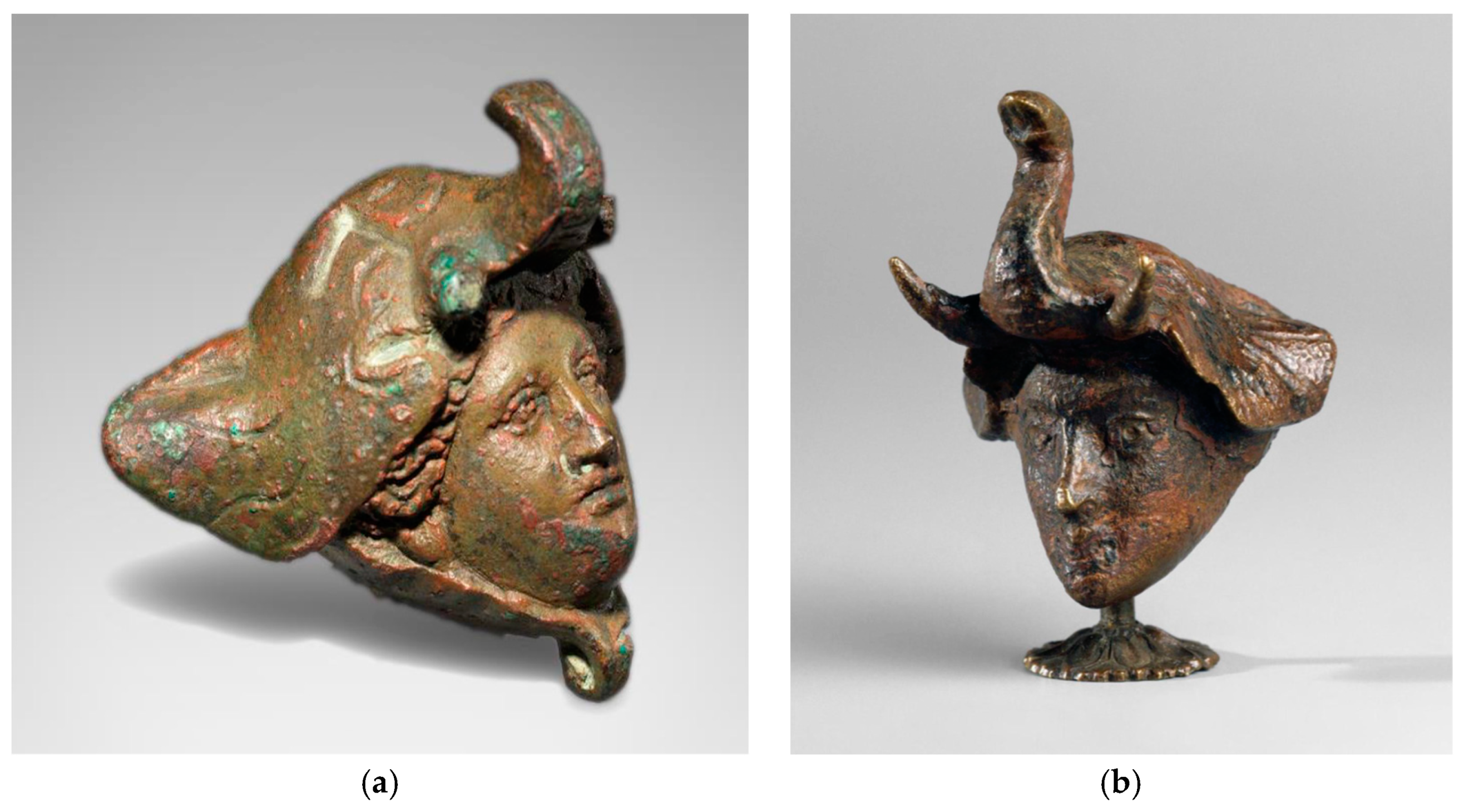


The king had made peace with Alexander by submitting to his authority. Alexander then moved to Taxila, which was ruled by King Ambi. At places he faced stiff resistance, but soon, all the tribal chieftains were subdued, giving him control over the former Achaemenid satrapy of Gandhara. He invited the chieftains of the former satrapy of Gandhara to submit to his authority.
PORUS AND HIS ELEPHANT POEM FREE
Bessus, who was a prominent Persian satrap of Bactria, and who had proclaimed himself King after the defeat of the Persian army under Darius III, was killed in 329 BCE, thus removing the last vestiges of Persian rule, leaving Alexander free to turn his gaze towards India.Īlexander crossed the Hindu Kush Mountain range sometime towards the end of 327 BCE and probably crossed the Khyber Pass to begin his operations against India. With the defeat of Darius III, Alexander’s empire reached the boundaries of India. Beginning in 334 BCE, Alexander’s conquests included Anatolia, Syria, Phoenicia, Judea, Gaza, Egypt, Mesopotamia, Persia and Bactria. On assuming the throne, Alexander first quelled rebellion within his kingdom and then turned his gaze Eastwards towards the Persian empire. That, combined with his charisma and ambition made him take on the might of the Persian empire. He had inherited a lethal war machine from his father and had himself been taught by the leading teachers of his time. Indeed, they would have followed him to the very gates of hell, had he demanded that of his men. Extremely difficult terrain or the most inclement of weather conditions did not deter his men from following him. And he was a leader par excellence, for his men were wiling to follow him anywhere. And that was the aim he set for himself.Ĭonquest, to Alexander, was a fulfilment of what he believed to be his destiny. For Alexander, the Persian empire symbolised the ultimate conquest, for that was considered to be the end of the world, leaving no further worlds to conquer. The great Persian empire lay to the East-a huge expense of area enclosed by the Eastern shores of the Mediterranean Sea, the Southern shores of the Black Sea and the Northern shores of the Arabian Sea,-thereafter, stretching Eastwards upto the Indus River. Here too, the King of Macedon exercised hegemony. To the South, which is the Southern half of modern day Greece, lay Thessaly and the League of Corinth. North of Macedon was Thrace, which was a dependency of Macedon and stretched from present day Istanbul to Bulgaria, Macedonia and Albania. If interposed on the present map of the world, this area would encompass roughly the Northern half of Greece. The Kingdom of Macedon which Alexander inherited lay between the Ionian Sea to the West and the Aegean Sea to the East. During the course of the next 13 years, till his death at an early age of 33 years, he was to change the course of world history and be given the epithet ‘Alexander the Great’. Alexander ascended the throne of Macedon when his father King Philip was assassinated in 336 BCE. Porus and Alexander, the two names are usually taken together. In this account, Soham Ketkar, a young student interning in India Foundation, traces the battle and analyses the results of Alexanders campaign in India. While Alexander managed to scrape a tactical victory, it was, in more ways than one, a strategic failure. So great was the psychological impact of this battle on the Greek soldiers that they refused to venture deeper into India, where lay the mighty kingdom of the Nanda dynasty. Such accounts however, gloss over the fact that it was this battle which halted Alexander’s further Eastwards advances into India. The great battle which took place in 326 BCE, on the banks of the River Jhelum (called Hydaspes by the Greeks, and commonly referred to as the Battle of Hydaspes in history texts) is considered a victory by Alexander, the King of Macedon, over King Porus of the Paurava clan. Porus: The King Who Stopped Alexander from Further Progress into India


 0 kommentar(er)
0 kommentar(er)
